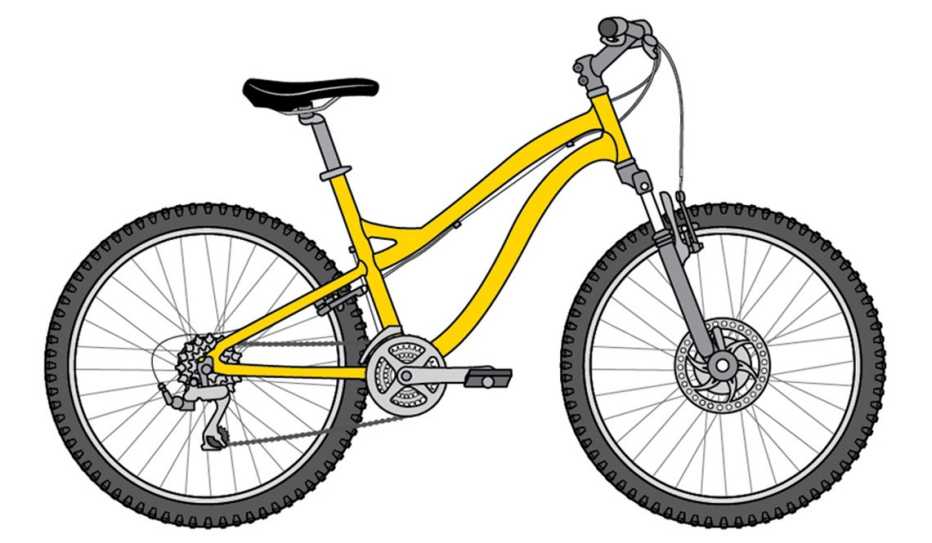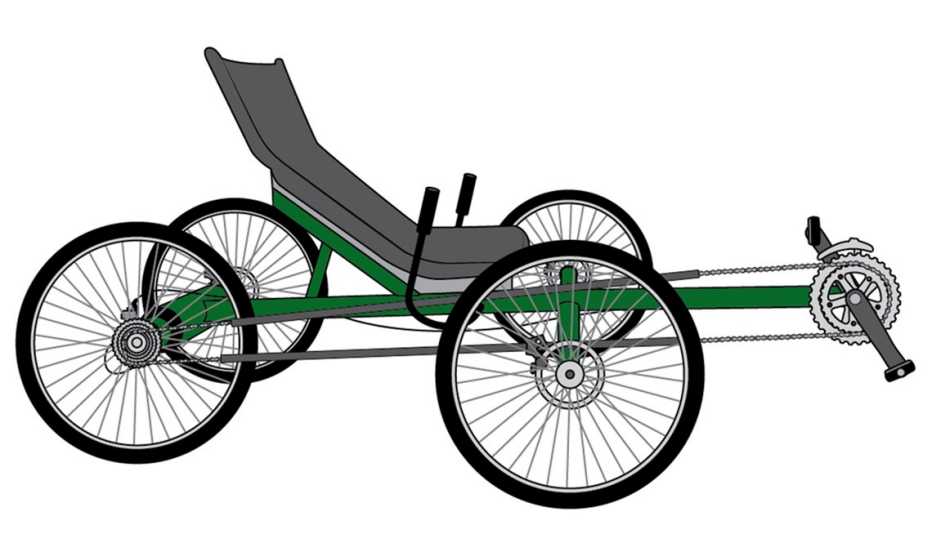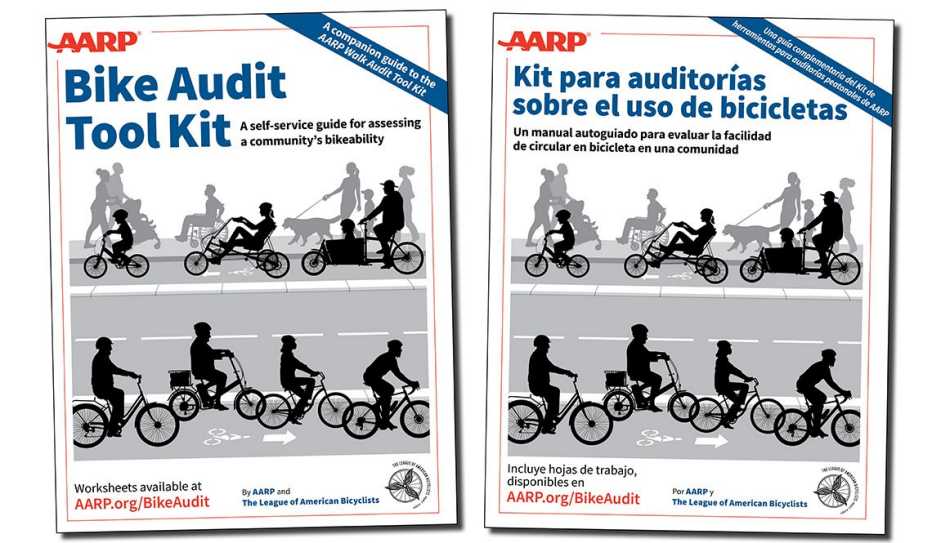AARP Hearing Center


Bicycles for adults come in a multitude of sizes and styles to serve a variety of riders. There are bicycles for commuting, for running errands, for fitness, for adventure and simply for leisure and fun. Here's an illustrated guide — presented in alphabetical order — of 15 general bike types along with a bit about whom each works well for and in what kind of settings.
Note: The words “bike,” “bicycle,” “biking,” “cycle” and “cycling” are used here as inclusive terms regardless of whether someone is cycling on two-wheels, three-wheels, more or even one!
Adult Tricycle


Tricycles are simply bikes with three wheels. Due to their stability (especially as compared to two-wheelers) they work well for children and adults of all sizes and ages.
Balance Bike


Balance bikes are bikes that don't have pedals. They're used to teach riders how to balance on two-wheels and control a bicycle before using pedals to move a bicycle. While often thought of as being only for toddlers, balance bikes come in youth and adult sizes as well.
Cargo Bike (aka: Box Bikes or Bakfiets)


Cargo bikes (also referred to as box bikes or, in Dutch, bakfiets) are designed to carry larger than average loads. They are longer in the front and have storage or extra seating capacity around the front wheel. Originally created to carry and move goods, cargo bikes are often used by parents and caregivers for transporting young children.
Cargo Bike (Longtail)


Longtail-style cargo bikes are longer in the back, typically with storage and/or extra seating above and around the rear wheel.
Comfort Cruiser


Characterized by their use (leisure riding) and style (larger seats and an upright rather than bent rider profile), these versatile bicycles are popular with vacation bike rentals. Comfort cruiser-style bikes can be fixed-gear, which means they have a single setting or speed, or multi-geared. The brakes are controlled by either backpedaling or squeezing a handlebar lever.
Commuter Bike


These sturdy bicycles can handle a variety of on- and off-road riding conditions and withstand everyday use. Commuter bikes generally come with many places to attach accessories — such as racks to carry bike bags (often called panniers) and fenders to prevent debris or puddle water from hitting the rider.











































































